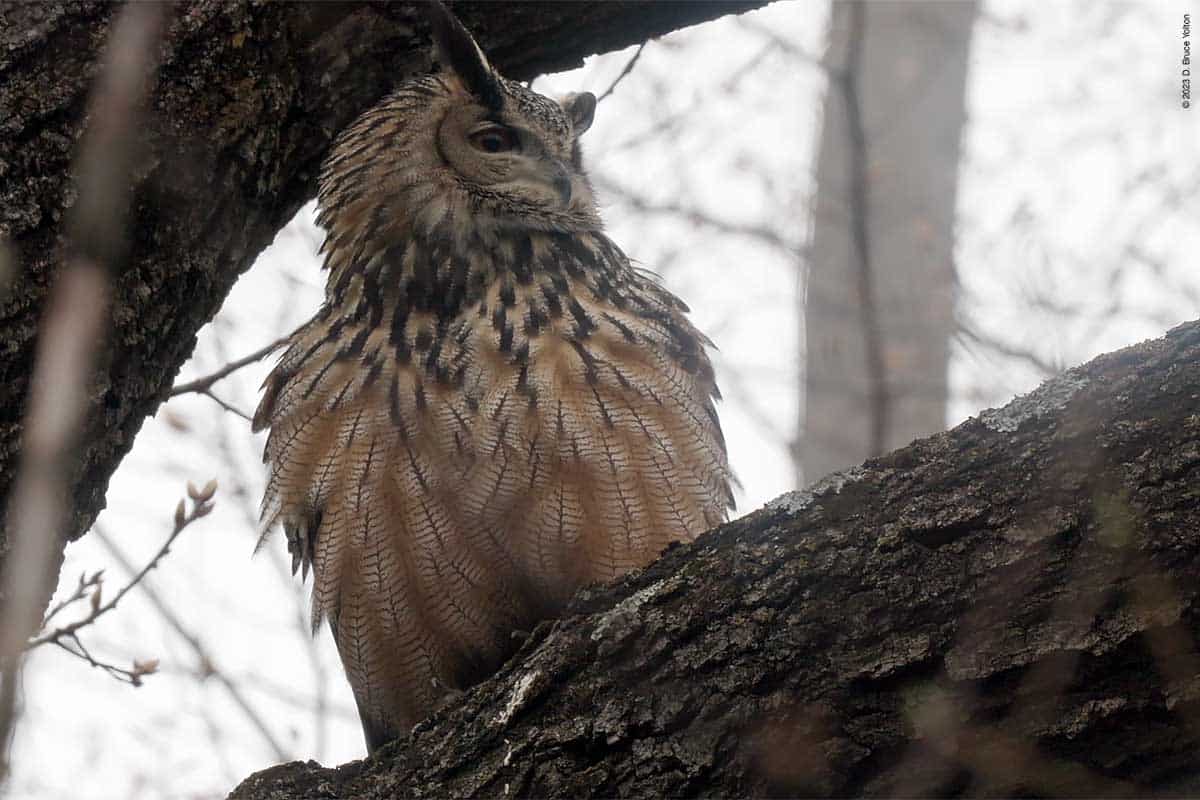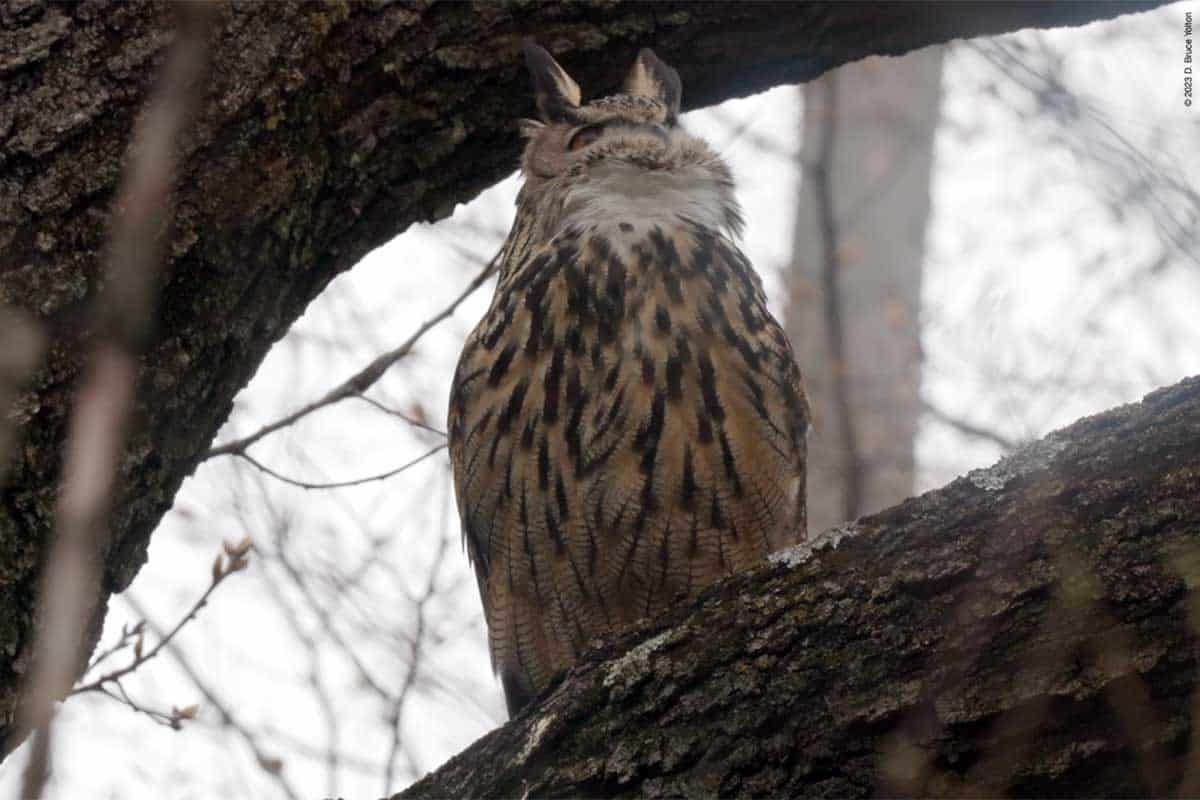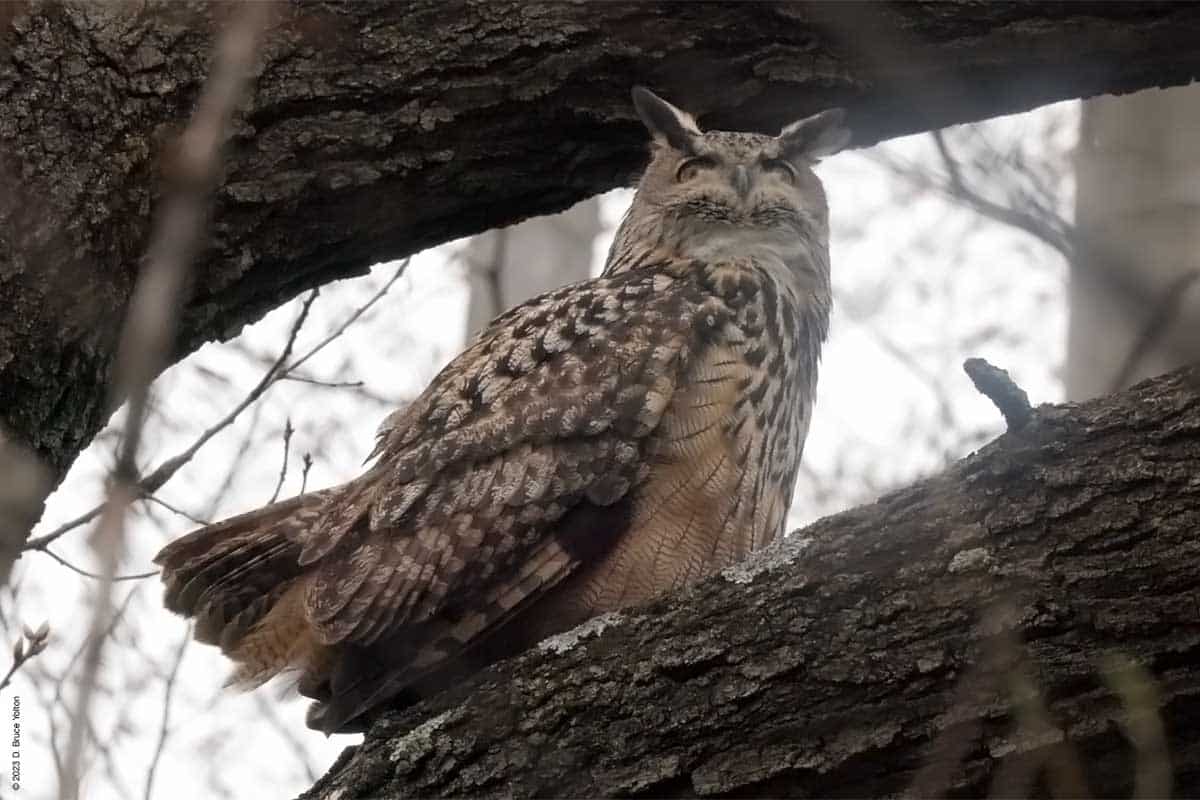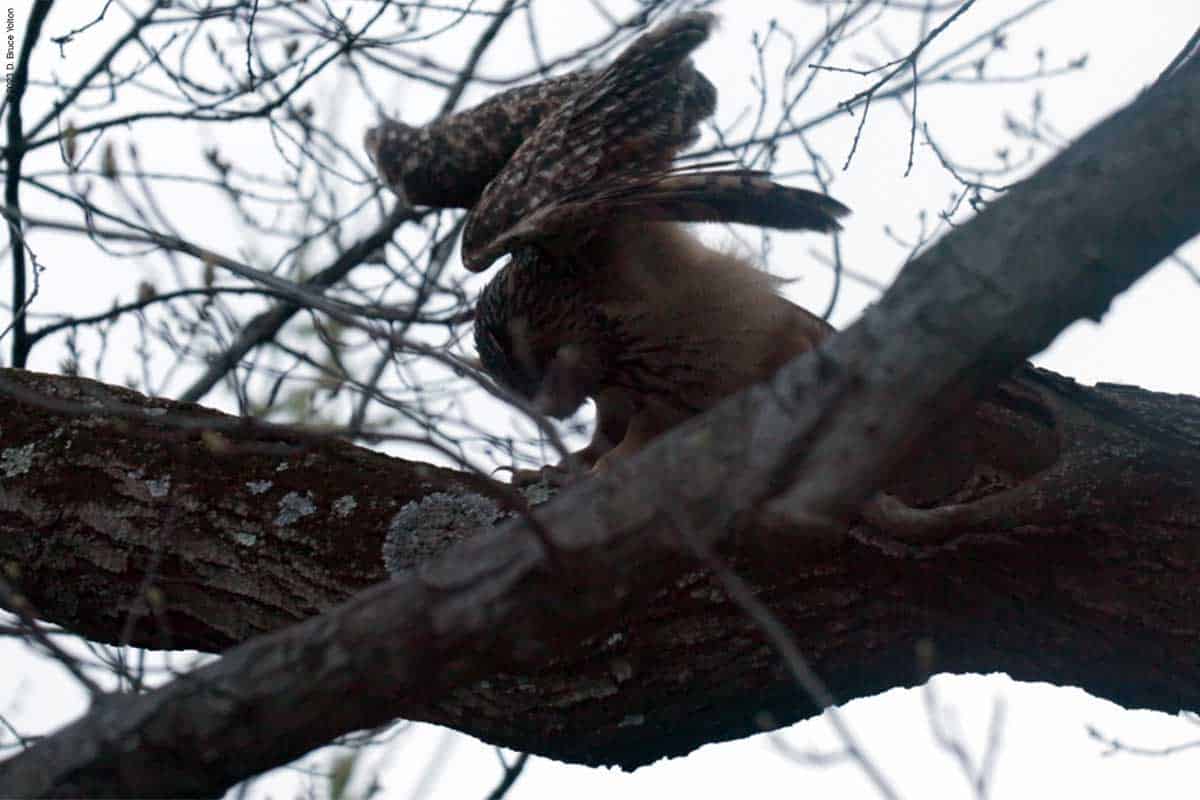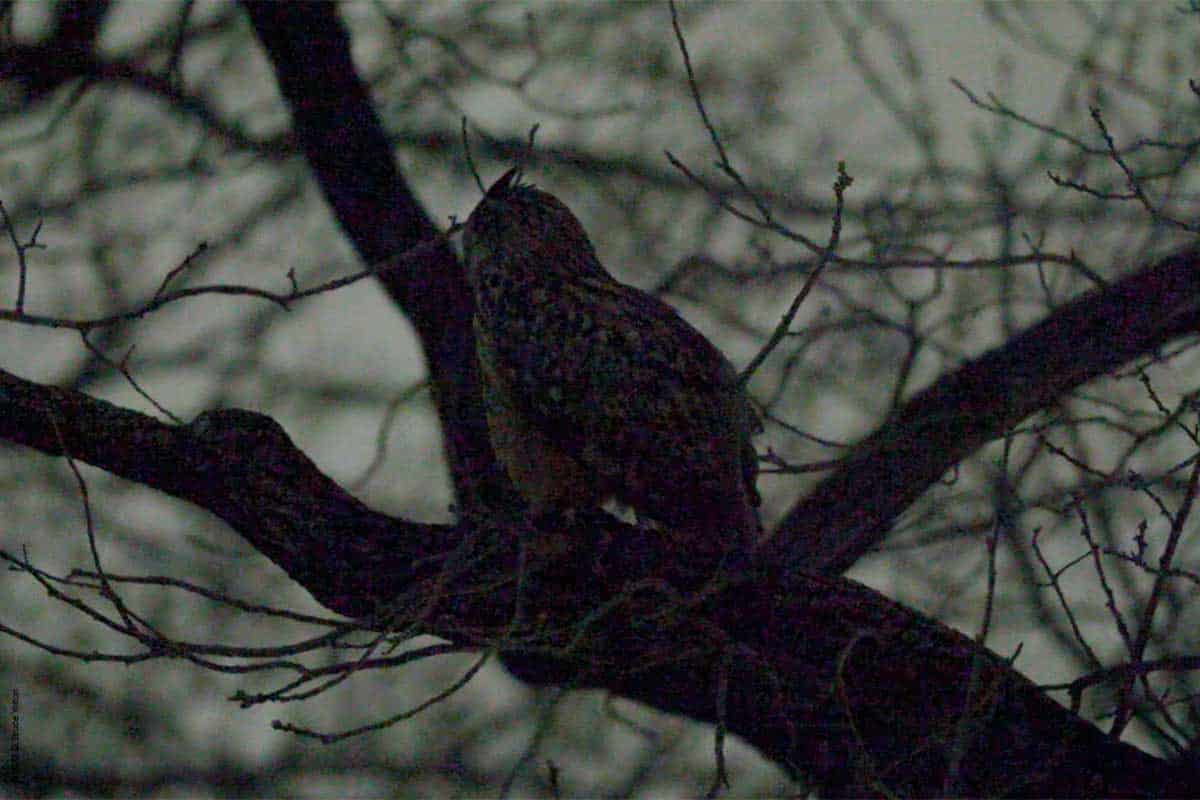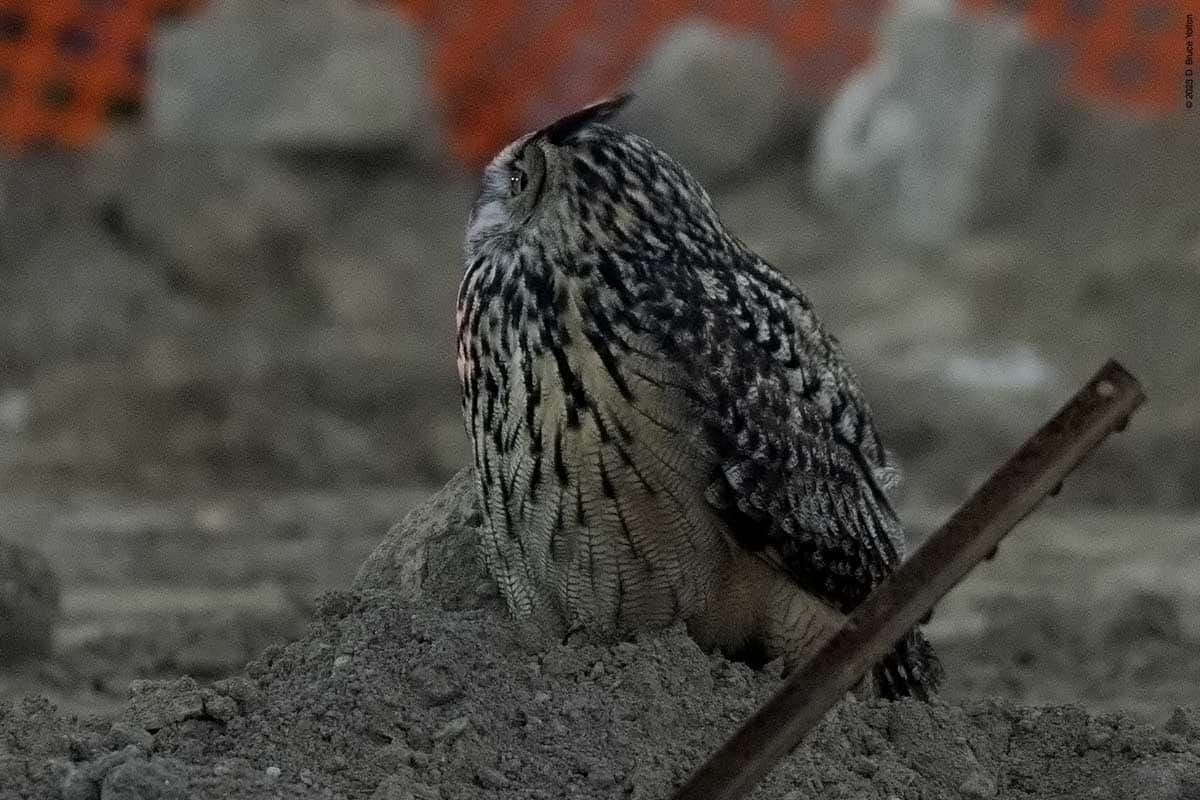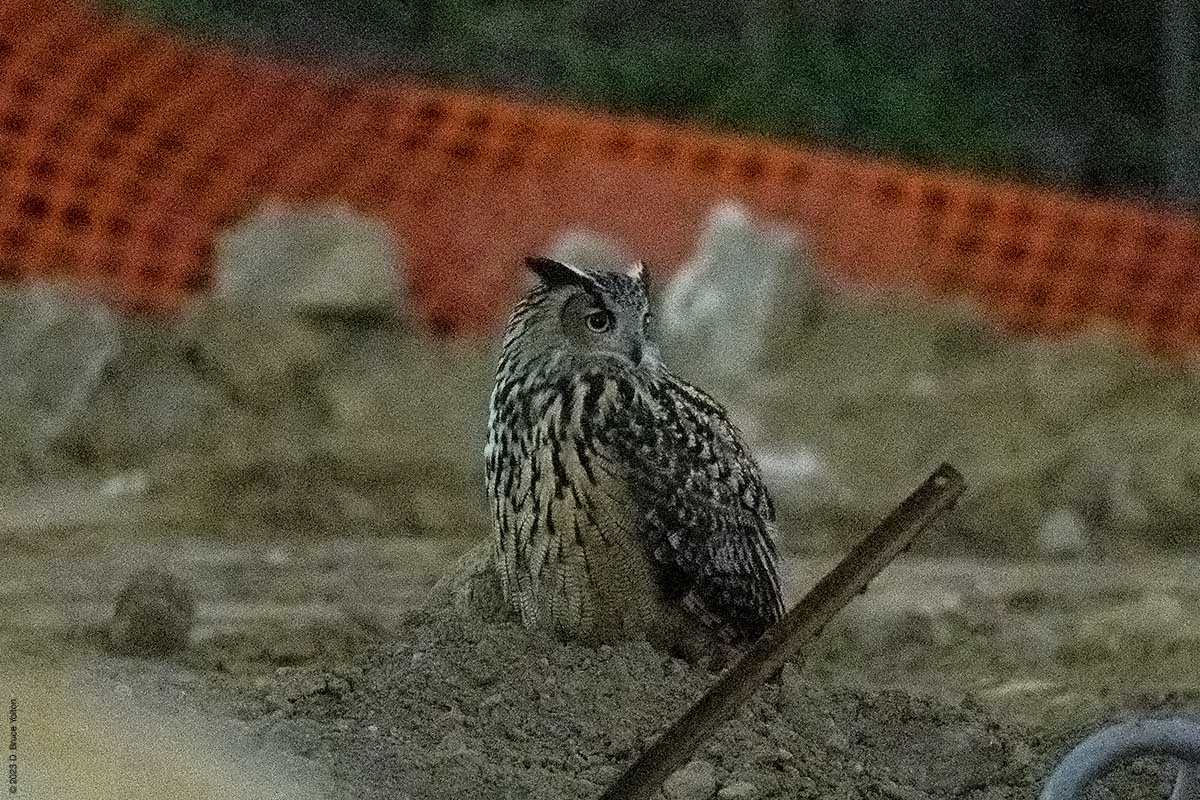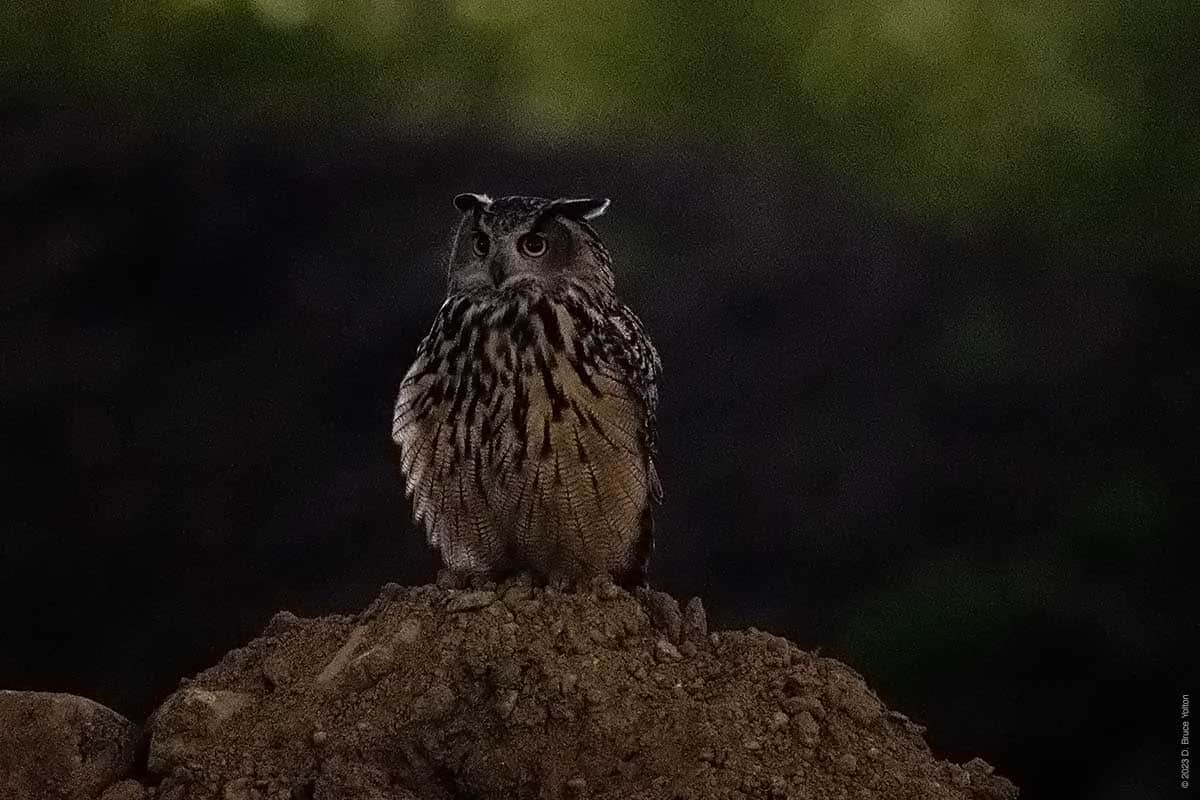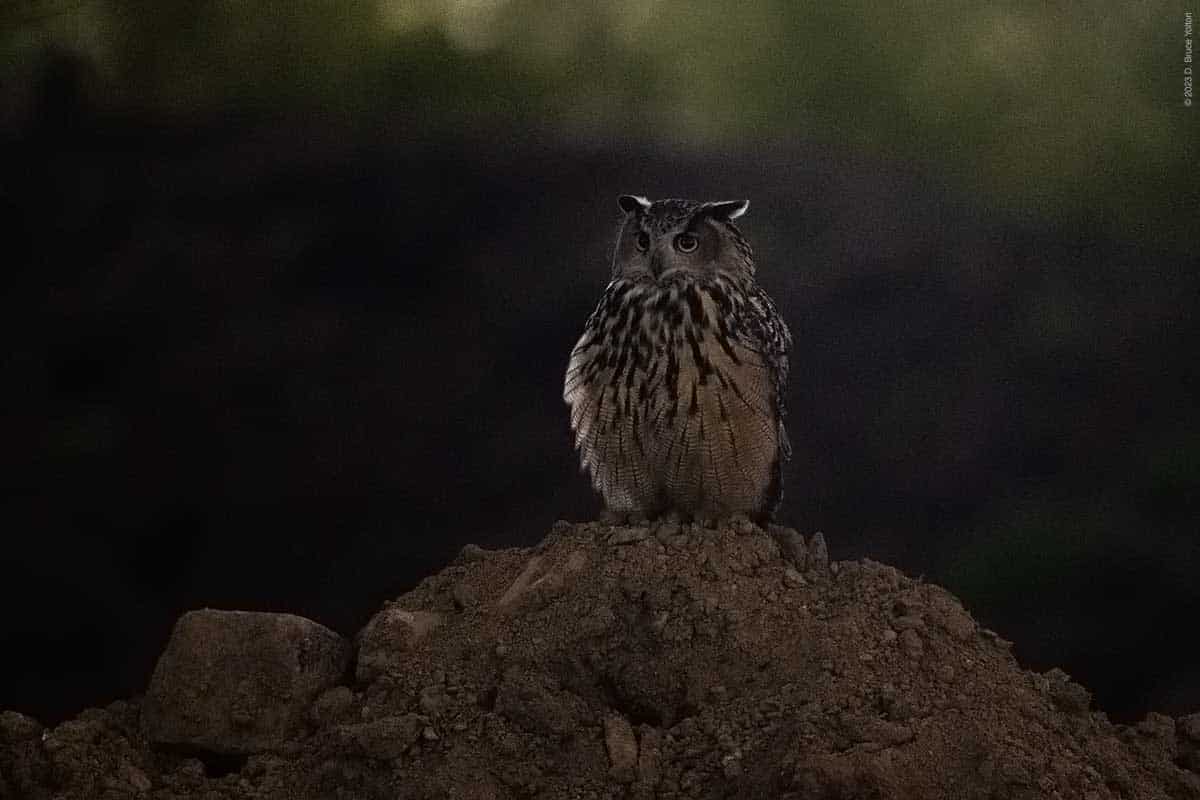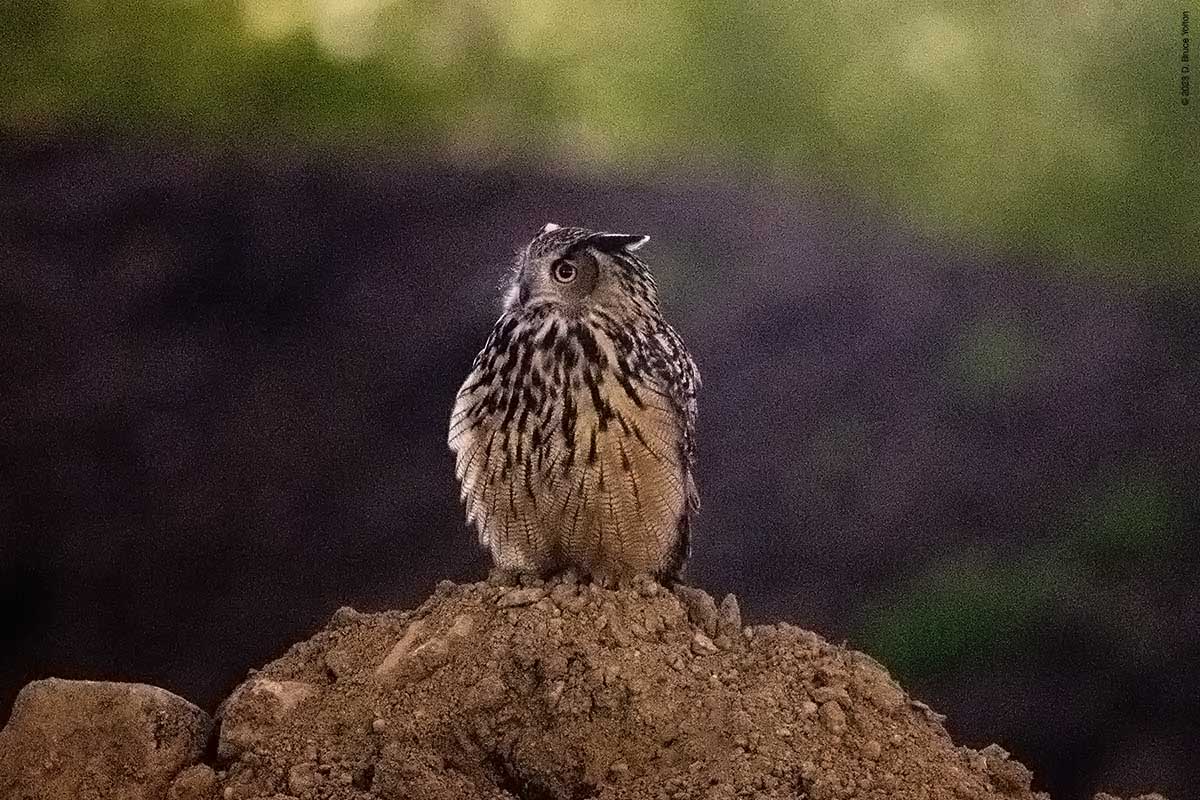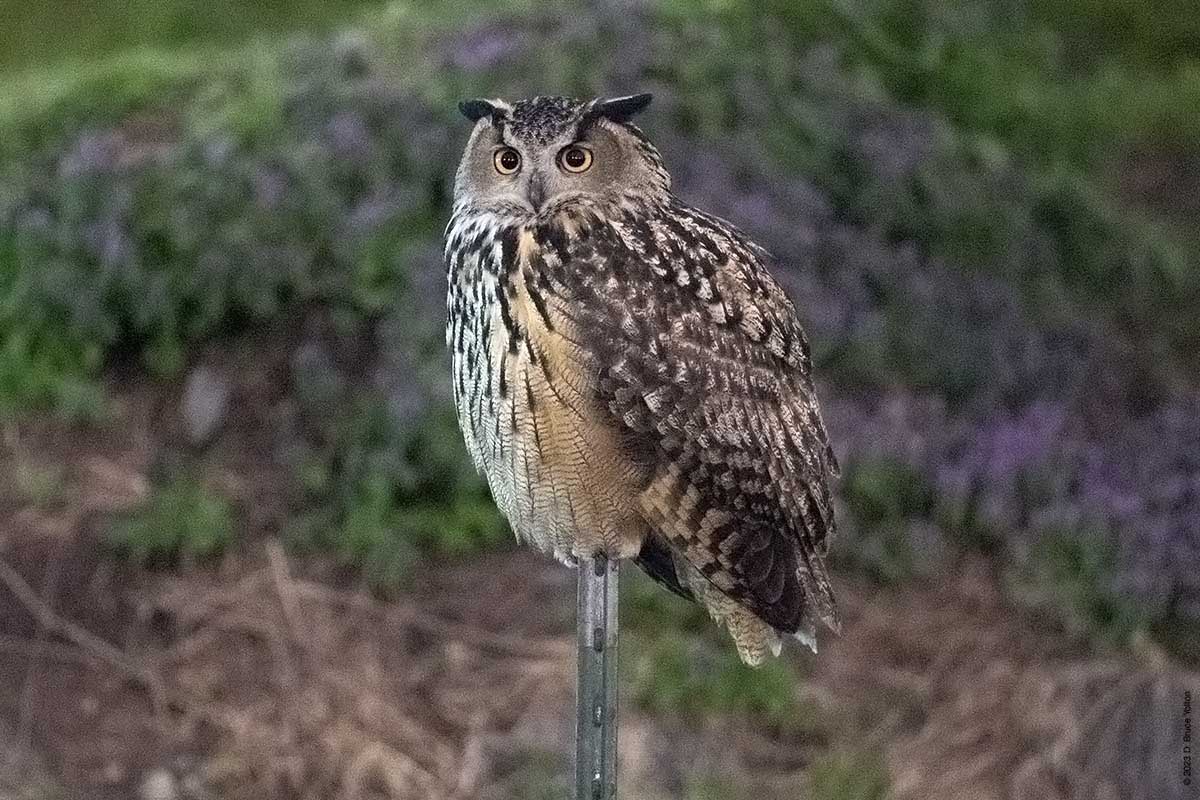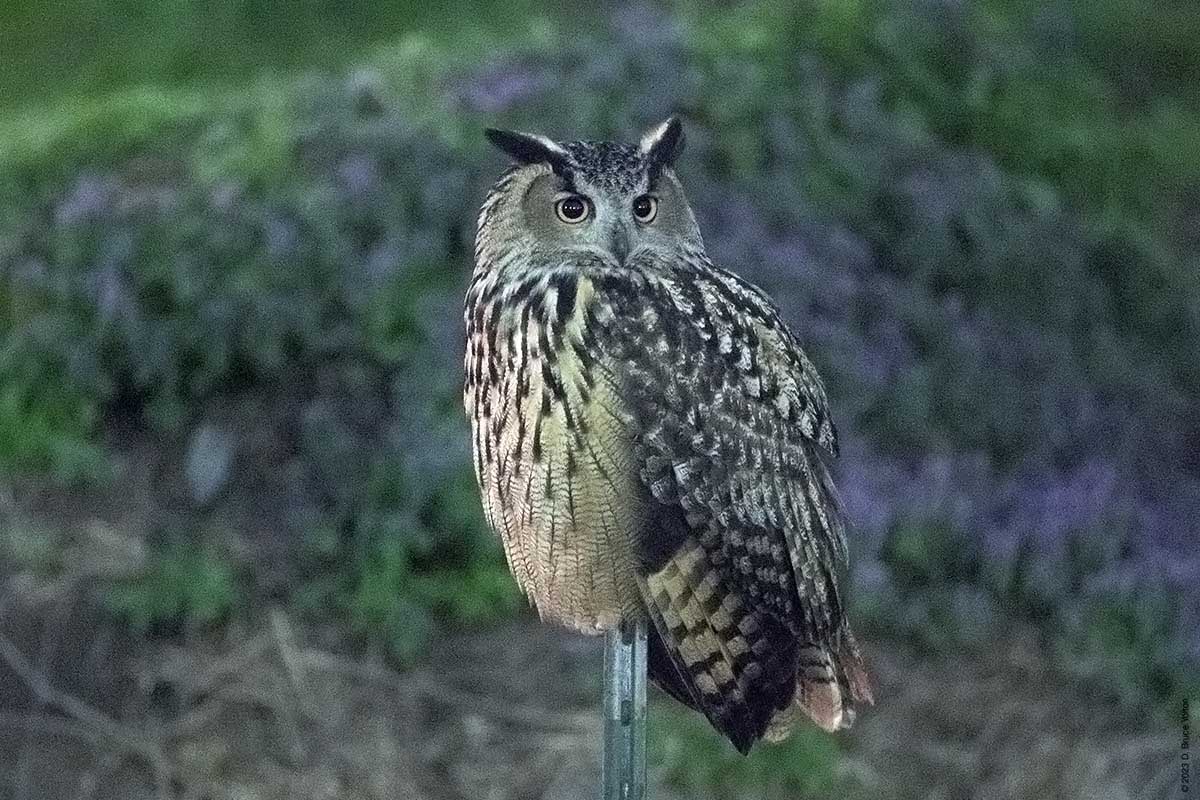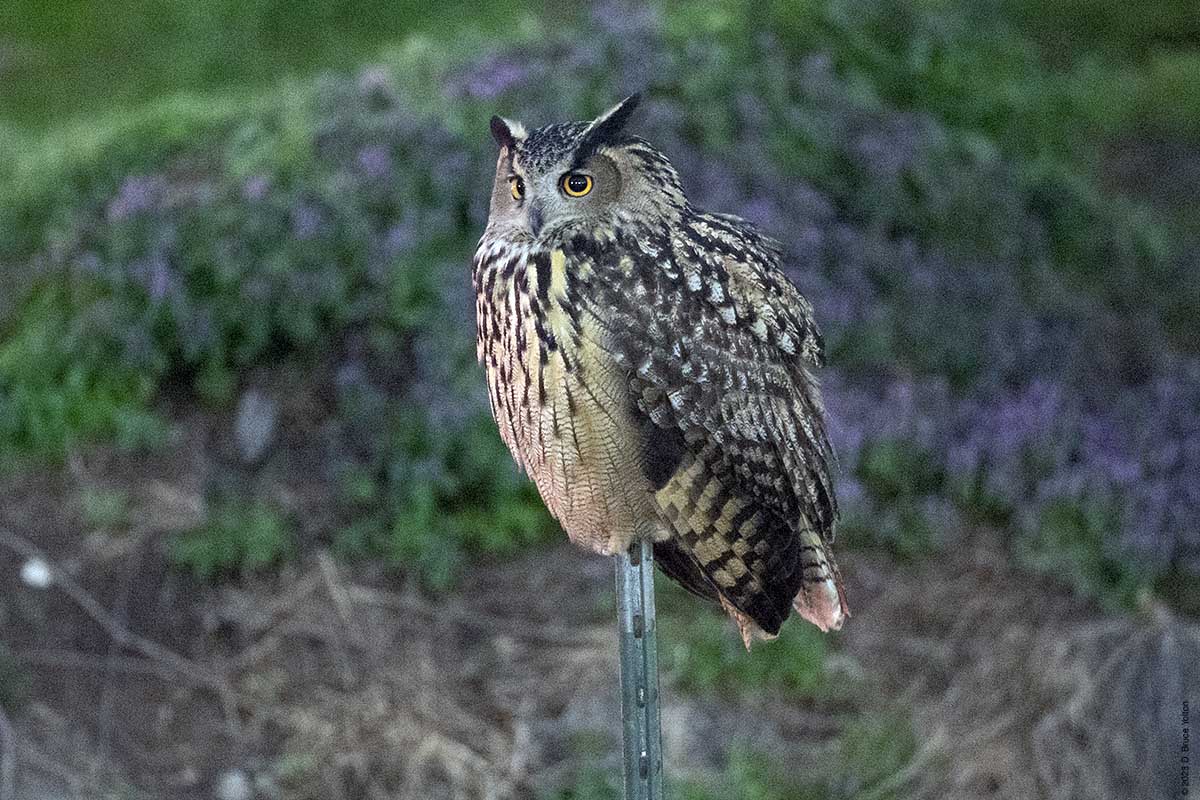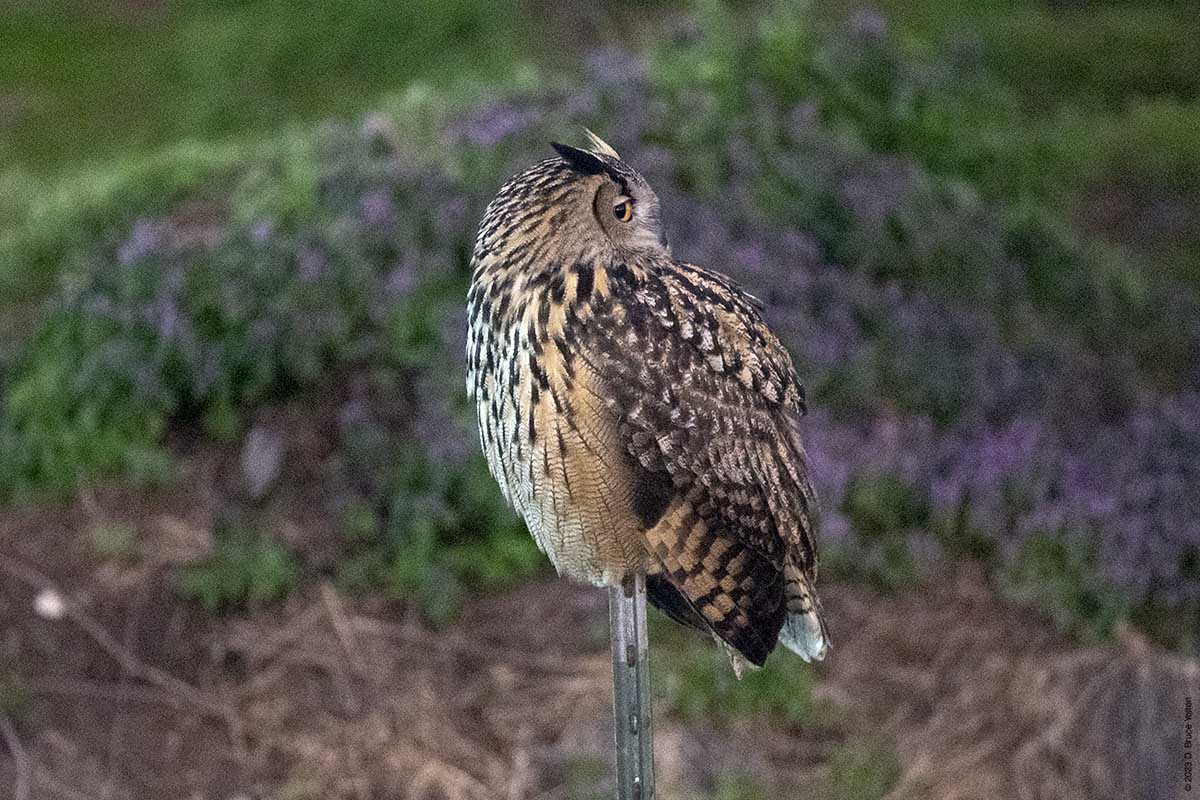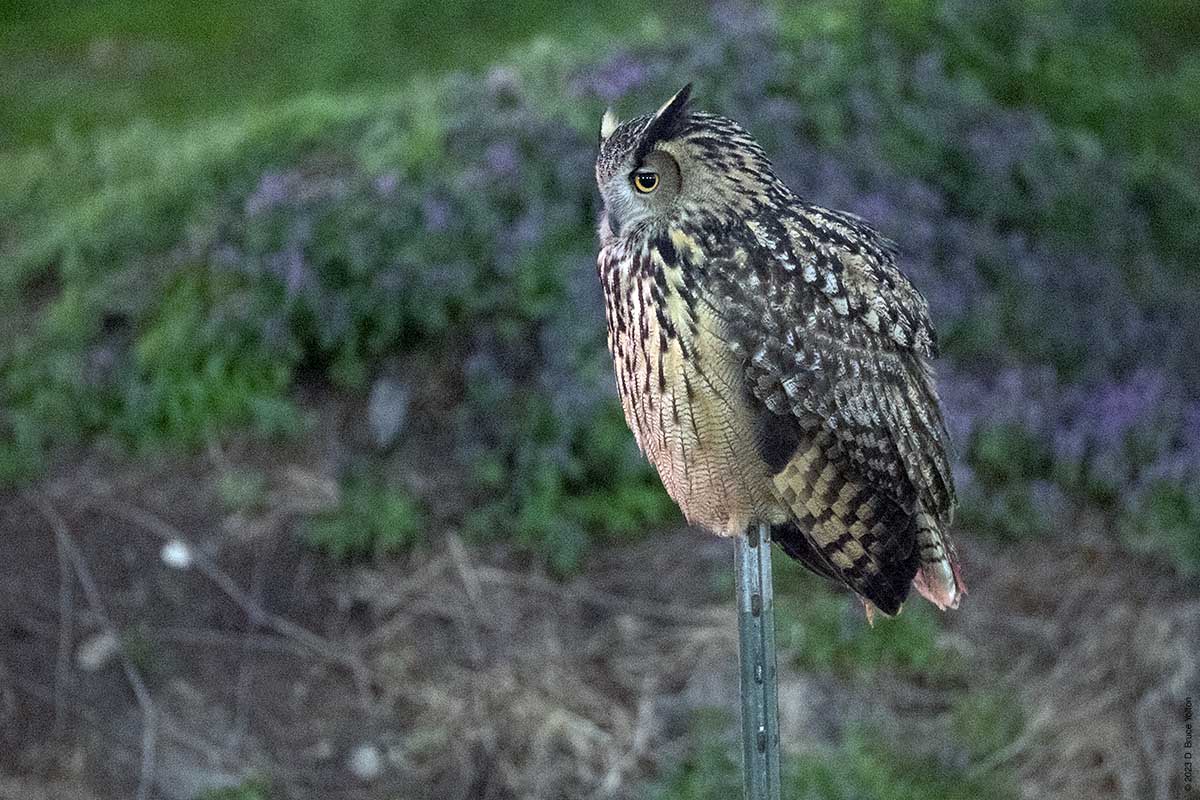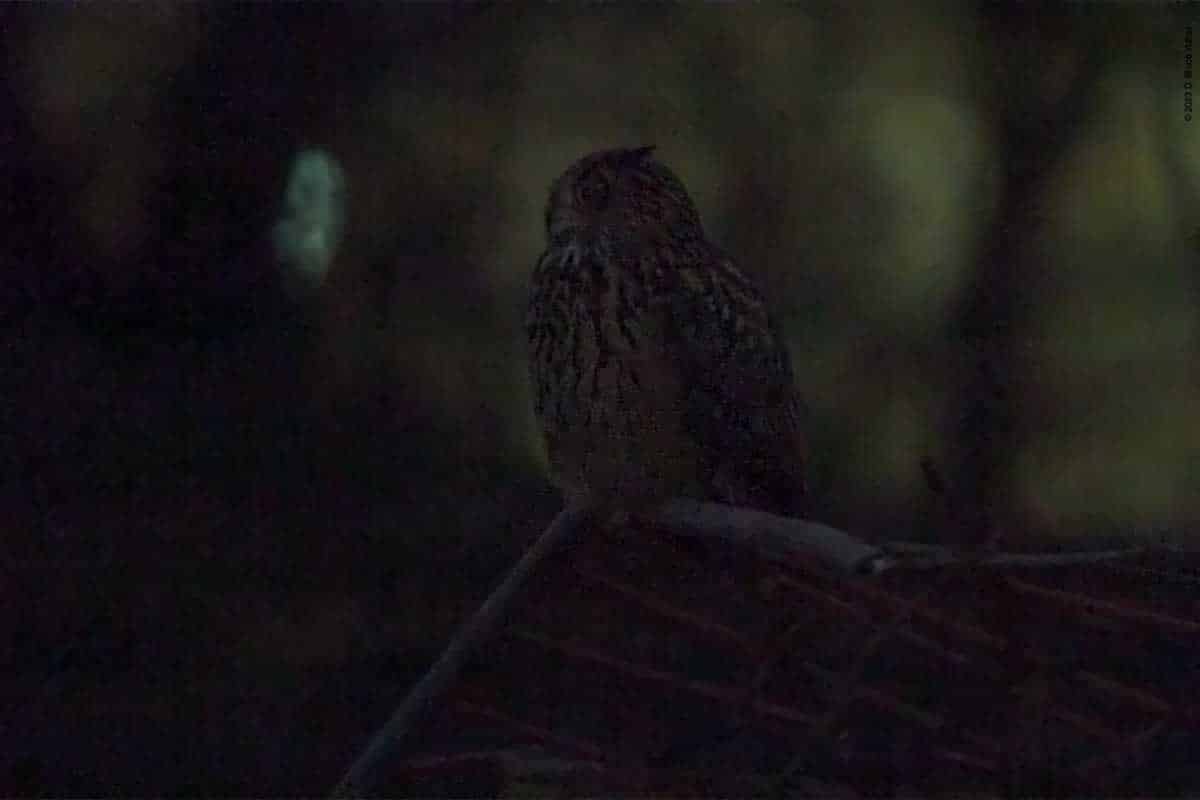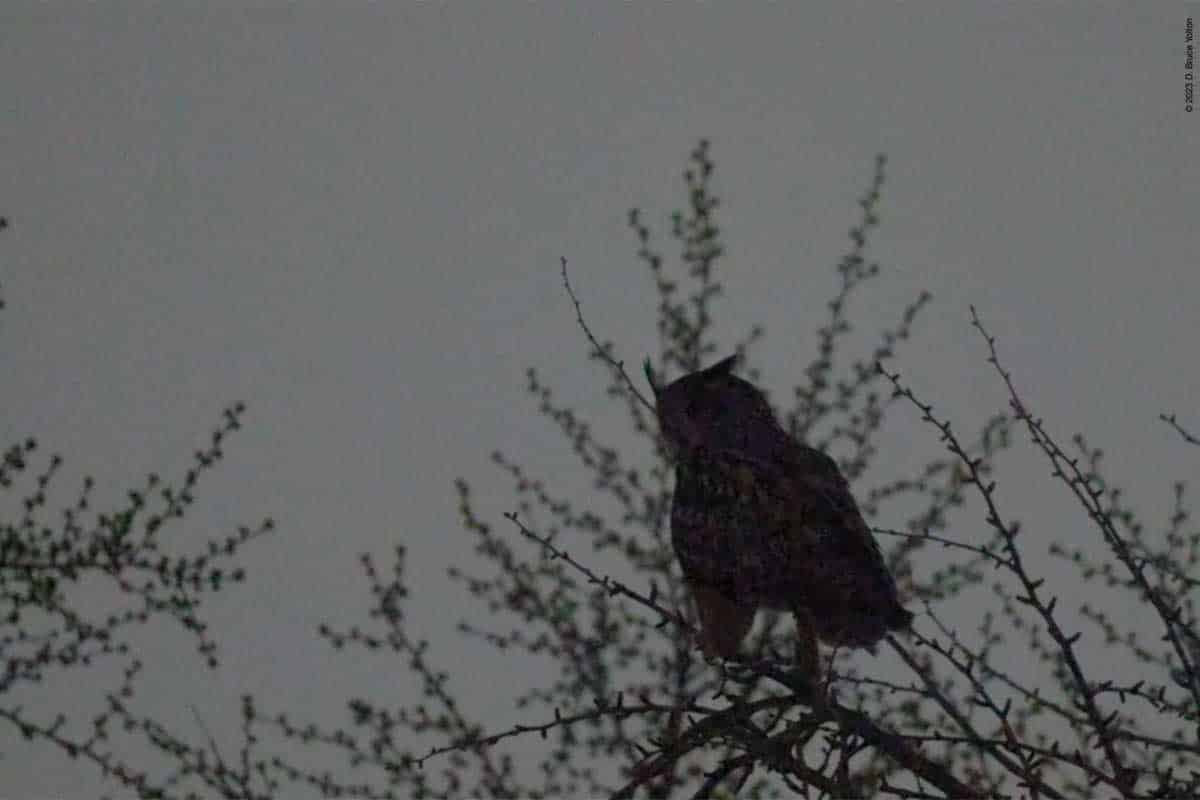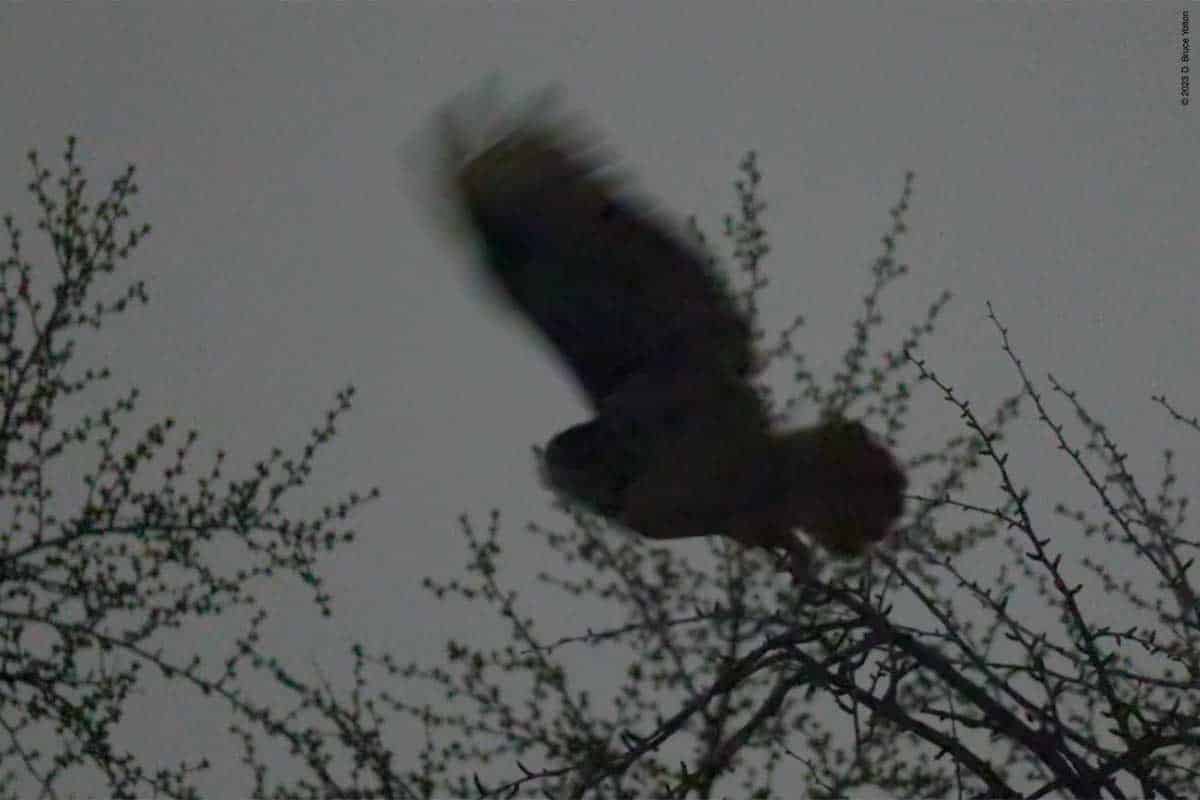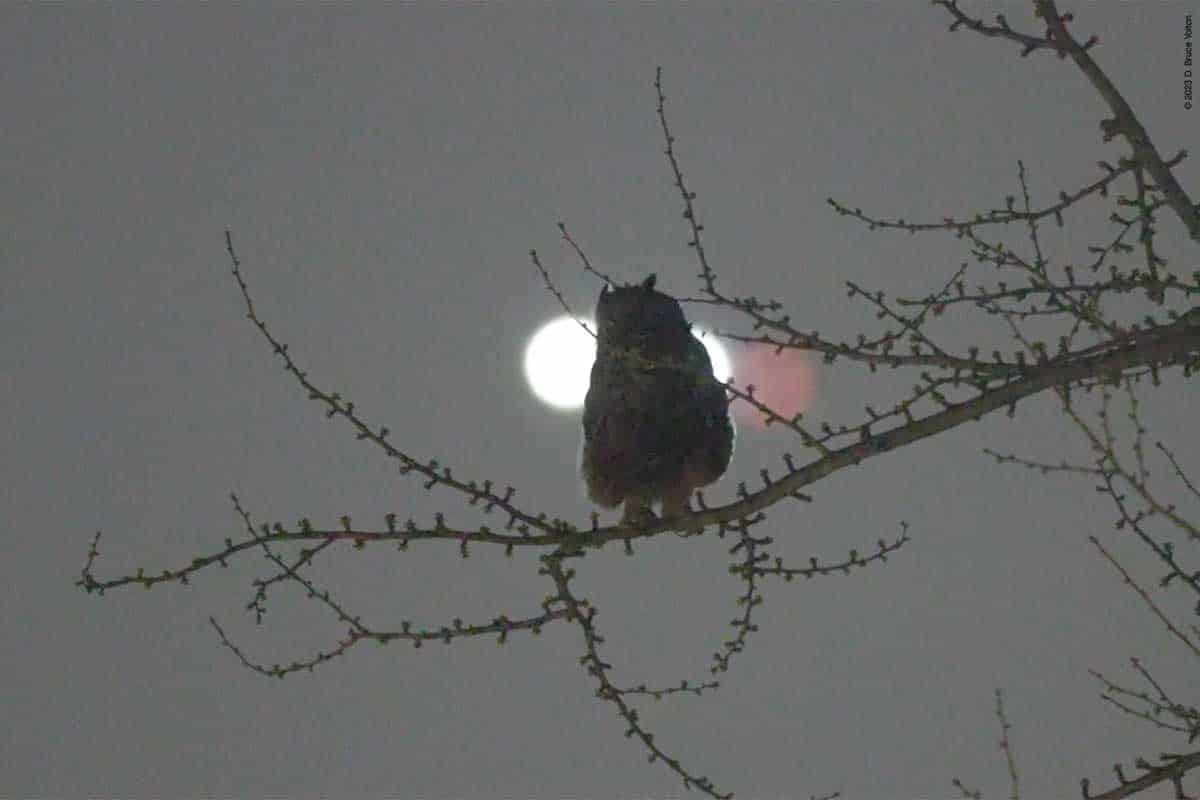Flaco’s release by a vandal over two months ago was a surprise to everyone. Even more surprising was how well he did adjusting to living outside of his cage in an urban New York City park. To most New Yorker’s and the media, this was a wonderful tale of how a bird having lived in captivity could become “free” and thrive in the Big Apple.
Unfortunately, this over simplifies what has happened. I have a number of concerns that I wish would be discussed in the media and by the fans of Flaco.
My first concern is the normalization of discussing the whereabouts of a roosting owl and the anthrourophorizing of a feral bid. Flaco’s location is being publicized daily on Twitter. While you can make a case that “he is used to people” and that having crowds come see him doesn’t bother him, it seems hypocritical to celebrate that “he’s now a wild bird” but then treat his as though he’s still in a zoo.
It also is teaching new birders that it is fine to broadcast on social media where an owl is roosting or nesting. I know of now place other than Manhattan where this behavior is tolerated by the local birding community.
I also am concerned that the “groupthink” that he’s now happier prevents any scientific rather than emotional evaluation of what is best for Flaco and the other wildlife in his current territory.
Is Flaco actually better off being outside of the zoo? While he is eating on his own, and not at risk of starving, he’s not in a natural place for Eurasian Eagle-Owl. He’s hunting primarily in a construction site and at three dumpsters at a storage site for compost and building materials. He will also never have a chance to interact with another of his species. While Central Park isn’t a cage, it certainly isn’t a natural habitat. It is densely populated with traffic and has prey contaminated with rodenticides. While it might not be wise to return him to his cage at the Central Park Zoo, is there a sanctuary that would be a better place for him to live than in Central Park?
Over the last two weeks, Flaco has begun to chase and harass birds and bats flying during the night. Flaco is beginning to change the behavior of native birds in the Northeast corner of Central Park. While it’s nice to celebrate Flaco’s freedom from a small cage, is it fair to have him impact the native birds in a rich 20 acres ecosystem of the northeast section of the park?
The Wildlife Conservation Society, which oddly had a publicist on hand the night of his release, has simply abandoned Flaco. The decision seems to be driven by publicists and bureaucrats wanting to avoid negative press rather than a scientific choice by ornithologists. As much as I’m fascinated by Flaco’s behavior, there are times I want to yell, “Wildlife Conservation Society, please claim your lost property.” I’m surprised the NYC DEC hasn’t required the WCS to work harder to recover him.
I watched Flaco during the last afternoon and early evening on Friday and in the late evening on Saturday. Friday was a very normal flout and on Saturday, I caught up with him after he had been in the construction site. Other observers thought he had eaten there. When I arrived he hooted and then watched the rats near a set of dumpsters for over an hour before flying off out of sight.
